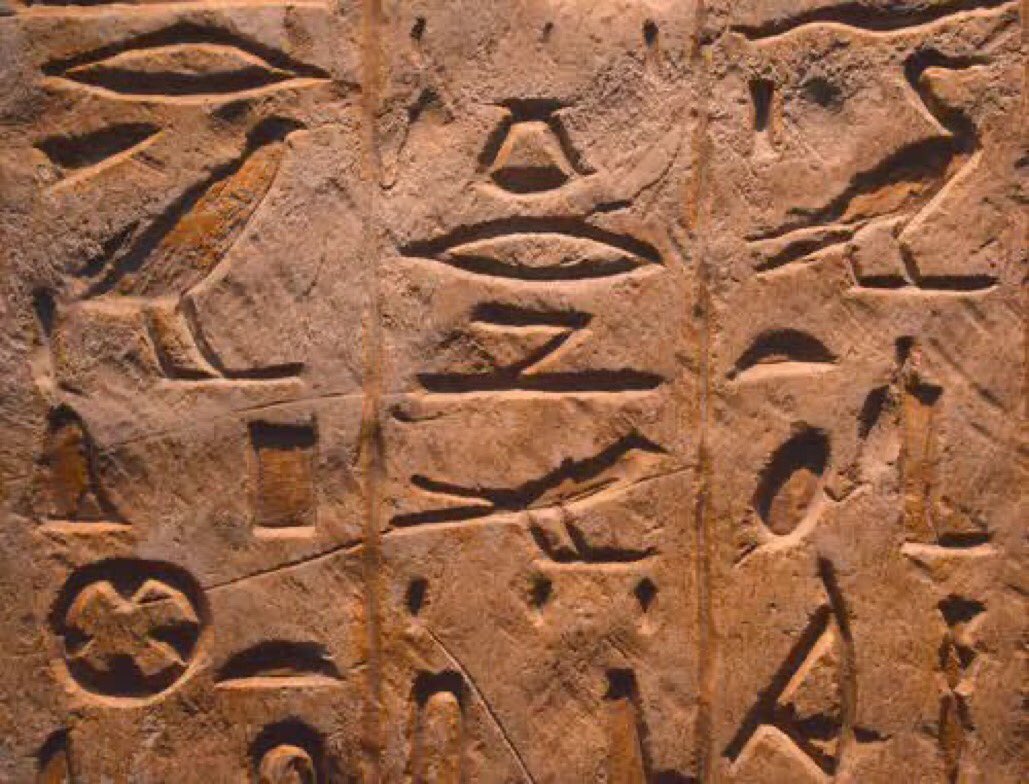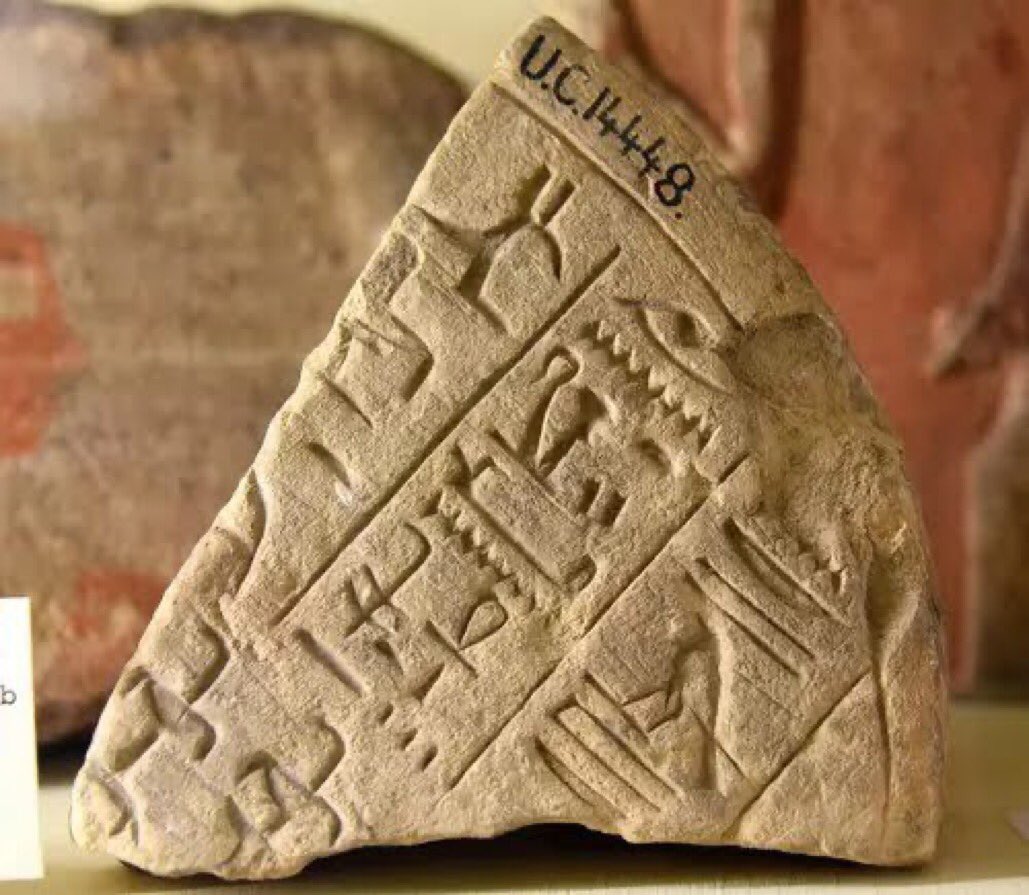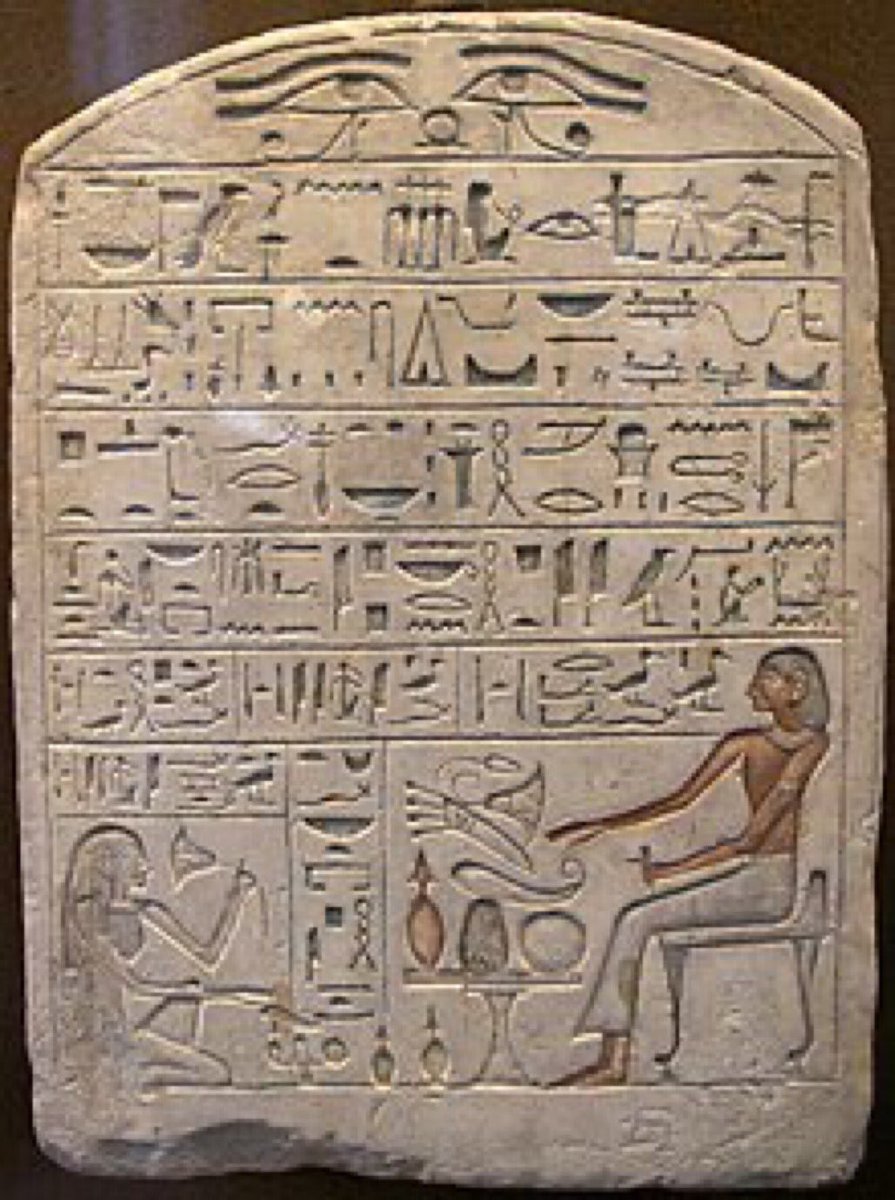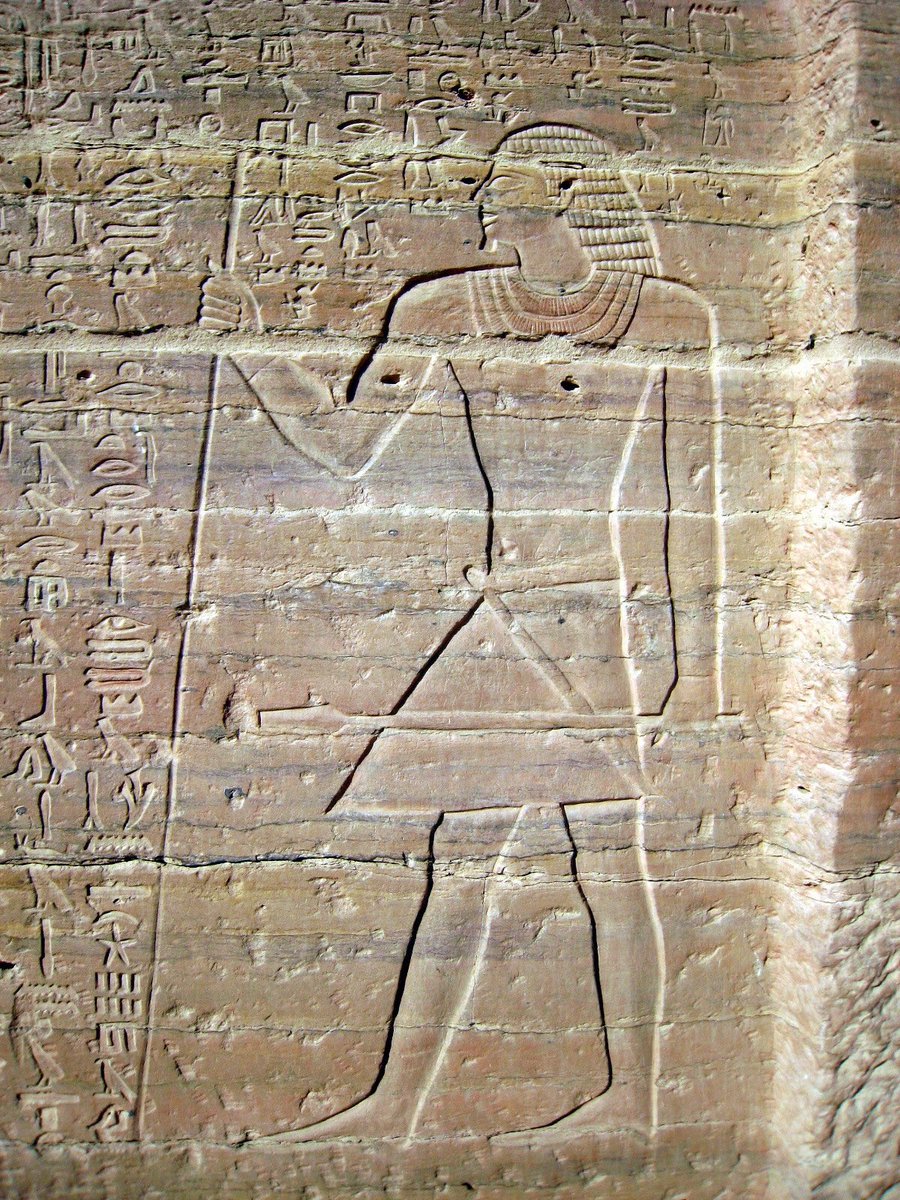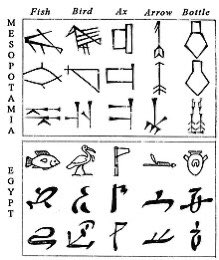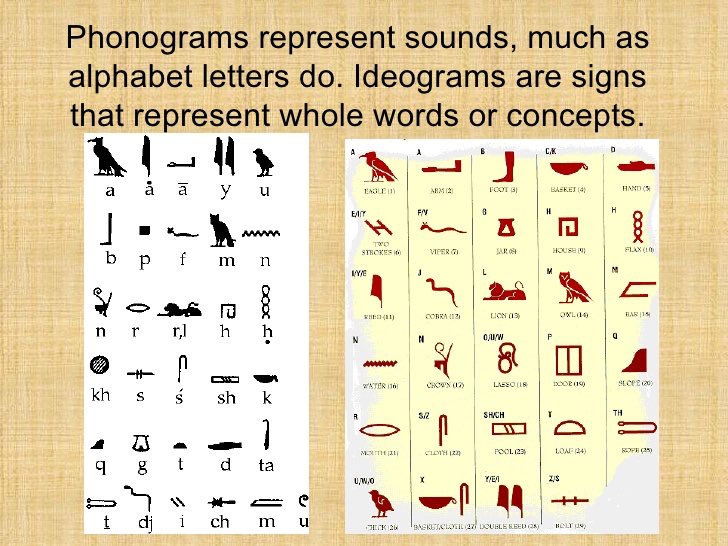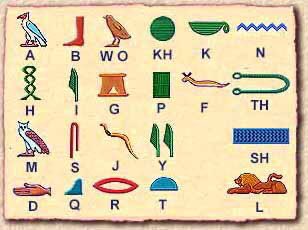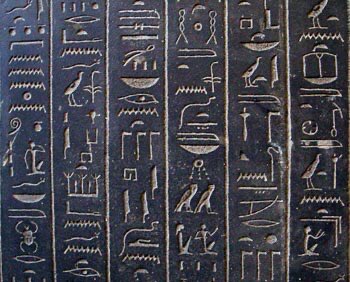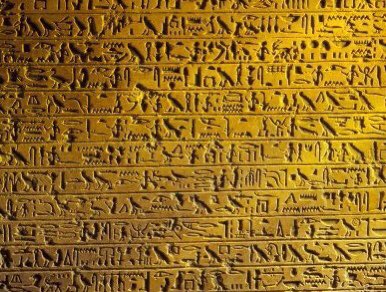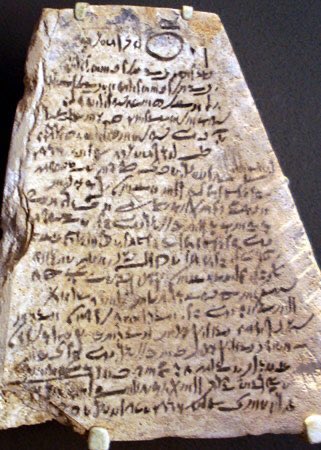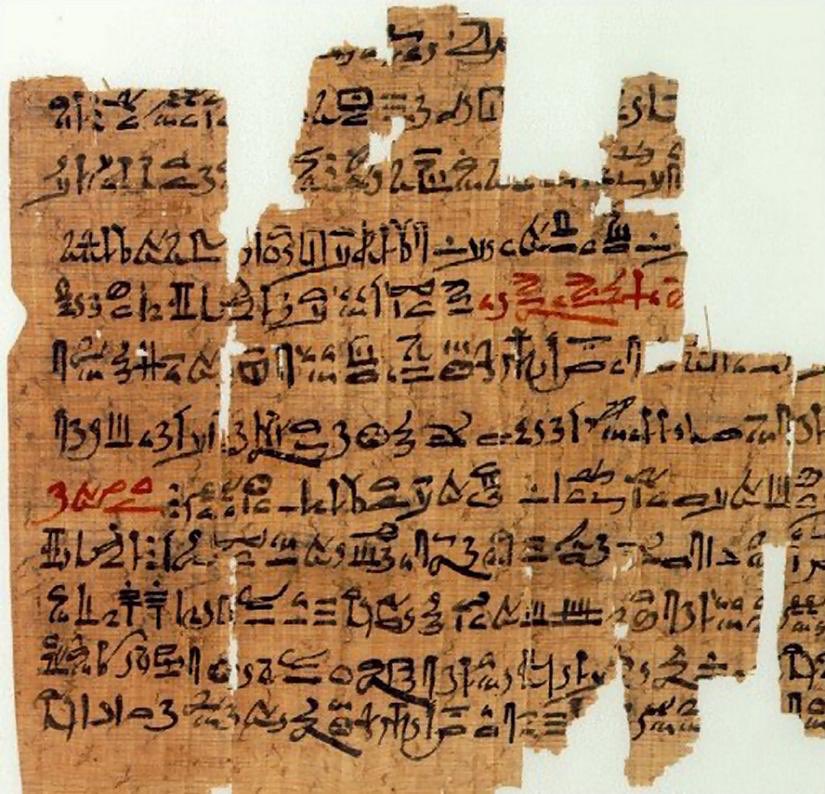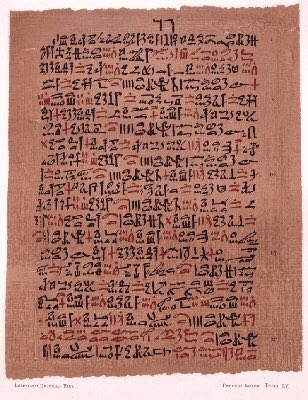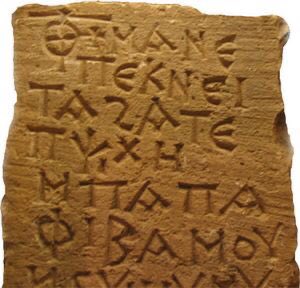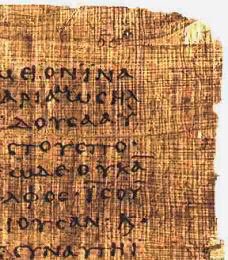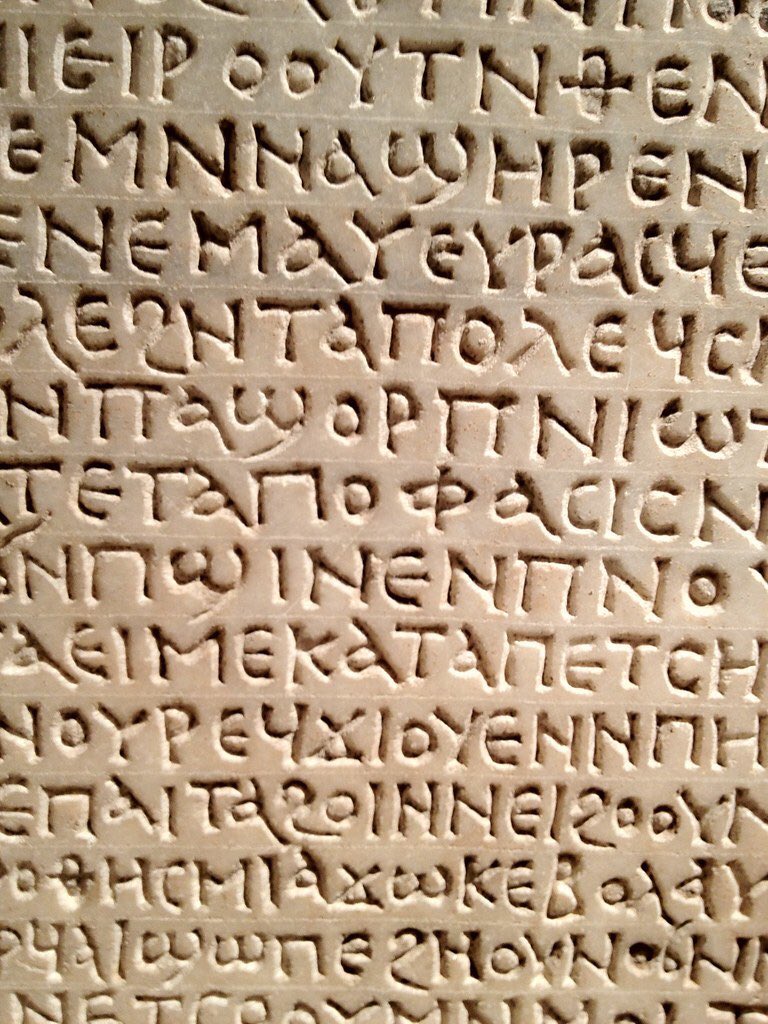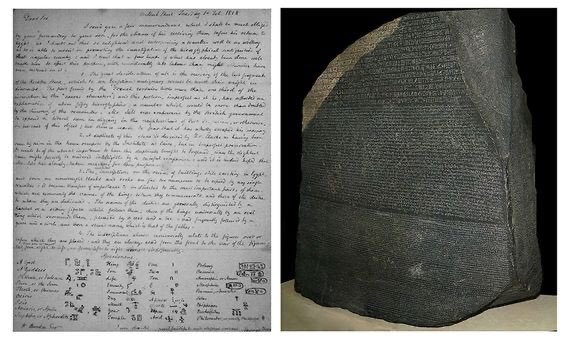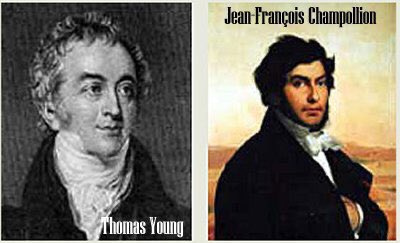Ancient Egyptian Writing. In the last part of the Predynastic Period, 6000-3150 BCE Anc. Egyptians began to use symbols to represent simple concepts limited to notations to identify a person, place, event or possession. Most likely the earliest purpose of writing was for trading.
The first extant evidence of Egyptian writing is found in Offering Lists, which are a list of the gifts due to a person when they died. Who had done great deeds, held a high position of authority, or led troops to victory was due greater offerings than who had done less in life.
Along with the list, there was an epitaph, stating who the person was, what they had done, and why they were due offerings. The lists and epitaphs sometimes were brief, but most of the time were long till the day someone saw that a short prayer would substitute the list.
Once the prayer was put into writing, it became the basic element of representation about a person and his life and the Autobiography was born. The autobiography and the prayer became the first forms of Egyptian literature and were created using the hieroglyphic script.
Hieroglyphics developed out of the early pictographs. However, the information contained was quite limited. The Egyptians developed the same system as the Sumerians, but added logograms (symbols=words) and Ideograms (sense-sign to convey message through a symbol) to their script.
The theory that Egyptian script developed from Mesopotamian writing is sharply challenged by this development, in fact, if the Egyptians had learned the art of writing from the Sumerians, they would have bypassed the stage of pictograms and begun with the creation of phonograms.
The phonogram, logogram, and ideogram made up the basis for hieroglyphic script. There are three types of phonograms: Uniliteral signs,1 hieroglyph represents 1 consonant/sound. Biliteral signs, represents 2 consonants. Triliteral signs, 1 hieroglyph represents 3 consonants.
There were twenty-four herioglyphic signs in the Egyptian alphabet and these were the phonograms most commonly used. But since there was never a purely alphabetic system, these signs were placed alongside other phonograms (biliterals and triliterals) and ideograms (R. David).
Ideograms were often placed at the end of a word to clarify the meaning of that word and, when used in this way, were referred to as determinatives. Its use helped to clarify the meaning of a particular word, and indicated where one word ended and another begun.
K. Zauzich notes, nowhere among all the hieroglyphs was a sign that represented the sound of a vowel. Vowels were placed in a sentence by the reader who understood the spoken language, and by recognizing what letters were missing in a sentence and applying them to the script.
Hieroglyphics had 24 basic consonants to convey meaning, but over 800 different symbols to express it. The one consonant signs were discovered after other signs were in use. At that time the entire writing system was established, it couldn’t be discarded, for religious reasons.
Hieroglyphics were regarded as a precious gift of Thoth, god of wisdom. To stop using many of these signs and to change the entire system of writing would have been considered a sacrilege, an immense loss, and the fact that such a change would make the older texts meaningless.
Hieroglyphics were labor-intensive for a scribe, and so another faster script was developed, the hieratic script. It used characters which were simplified versions of hieroglyphic symbols that appeared in the Early Dynastic Period,after hieroglyphic writing was firmly developed.
Hieratic was used first in religious texts, then business, magical texts, letters, and legal documents. Was written on papyrus or ostraca and practiced on stone and wood. It developed into a cursive script c800 BCE and was replaced c700 BCE by demotic script (popular writing).
Demotic script was used in every kind of writing while hieroglyphics continued to be the script of monumental inscriptions in stone. The Egyptians called it sekh-shat, writing for documents, and it became the most popular for the next 1,000 years in all kinds of written works.
Demotic script seems to have originated in Lower Egypt and spread south during the 26th Dynasty of the Third Intermediate Period (c. 1069-525 BCE). Its use continued through 525-332 BCE and the Ptolemaic Dynasty (332-30 BCE) into Roman Egypt when it was replaced by Coptic script.
Coptic was the script of the Egyptian Christians, who spoke Egyptian dialects, but wrote in the Greek alphabet with demotic script. Greek language had vowels, so the Copts incorporated them to make the meaning clear to anyone reading it, regardless of their native language.
Coptic script was used to copy and preserve a number of important documents, most notably the books of the Christian New Testament. As Coptic script continued to be used in the new archetype of Egyptian culture; hieroglyphic writing faded into memory.
By the time of the Arab Invasion of the 7th century CE, no one living in Egypt knew what the hieroglyphic inscriptions meant.
In the 17th century CE, hieroglyphics were claimed to be magical symbols and this understanding was encouraged through the work of Kircher (1620-1680 CE)
In the 17th century CE, hieroglyphics were claimed to be magical symbols and this understanding was encouraged through the work of Kircher (1620-1680 CE)
In 1798 CE, Napoleon& #39;s army invaded Egypt, and discovered the Rosetta Stone which has Greek, hieroglyphics, and demotic texts (Ptolemy V 204-181 BCE). All three texts relay the same information; whether one read Greek, hieroglyphic, or demotic, could understand the message on it
Deciphering hieroglyphics was delayed until the English defeated the French and the stone was brought from Cairo to England. Thomas Young (1773-1829 CE) believed that the symbols represented words and that hieroglyphics were closely related to demotic and later Coptic scripts.
His work was built upon the philologist Jean-Francois Champollion (1790-1832 CE).
and the publication of his work in 1824 CE which conclusively showed that Egyptian hieroglyphics were a writing system composed of phonograms, logograms, and ideograms.
and the publication of his work in 1824 CE which conclusively showed that Egyptian hieroglyphics were a writing system composed of phonograms, logograms, and ideograms.

 Read on Twitter
Read on Twitter